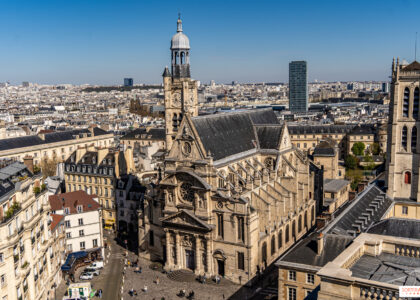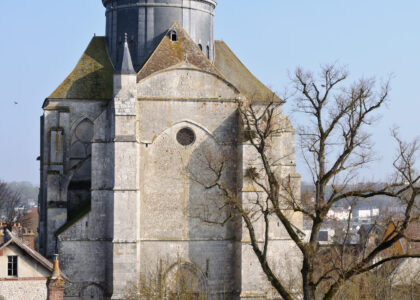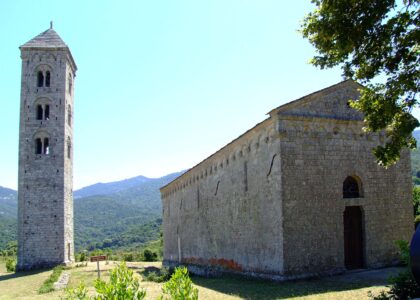Welcome to La Croix des Portiers, a place steeped in rich religious and historical significance. In the 6th century, a remarkable woman named Radegund, the Frankish queen and wife of King Chlothar I, founded the Abbey of the Holy Cross in the region. This abbey holds the distinction of being the first monastery for women in the Frankish Empire, marking a significant moment in the history of religious institutions in France.
The abbey was established around 552 AD due to a political maneuver to avoid the excommunication of her husband by the Bishop of Paris. Radegund, seeking to live a religious life, was allowed to become a nun in this new monastery, which was initially called the Abbey of St. Mary. The first abbess, Agnes of Poitiers, was a former lady-in-waiting to Radegund, chosen for the role after Radegund herself declined the position.
In 567, the abbey was renamed the Abbey of the Holy Cross after receiving a fragment of the True Cross as a gift from the Byzantine Emperor. This sacred relic was celebrated with a procession and a hymn, ‘Vexilla Regis,’ written by the Italian poet Venantius Fortunatus. The hymn remains a significant part of Christian liturgy today.
Over the centuries, the abbey experienced turmoil, including a notable insurrection in 589 led by royal princesses Basina and Chlothild. They accused the abbess of harsh treatment, leading to conflict that resulted in damage to the abbey. The site was further affected by the French Wars of Religion and was largely destroyed during the French Revolution.
Despite these challenges, the legacy of the abbey lives on. In the 19th century, a new monastery was built nearby for the Canonesses of St. Augustine, continuing the religious tradition in the area. Today, the history of the Abbey of the Holy Cross is preserved through the Musée Sainte-Croix, which offers visitors a glimpse into its storied past.
From its foundation by a formidable queen to the later controversies and reconstructions, La Croix des Portiers stands as a testament to the enduring spirit and influence of religious communities in shaping the cultural and historical landscape of France.






